Shearing our sheep twice per year keeps them in better health.
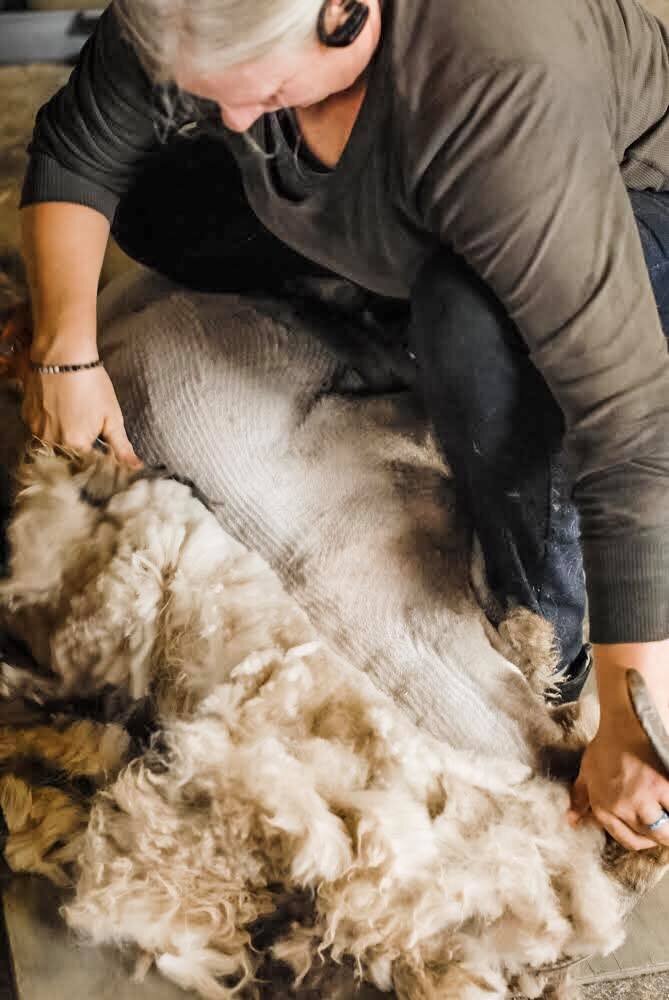
I was up before the sun this morning, mentally preparing myself for shearing day. The checklist of what I needed to gather was long but my mind was racing more as it’s the day that reveals how successful our summer feeding program was. This is my constant worry- are they getting enough to eat? Are the lambs thriving? The mother in me comes out in full force as we inspect each one for any health issues and determine what changes need to be made in the future years to ensure good growth on our lambs. I could finally take a deep breath as this year was a wild success!
All of our breeding flock were shorn as well as a few of our lambs. The “virgin” wool of the lambs is more soft, finer and tends to have more luster to it. Sadly, we also discovered that one of our best ewes has a sever hernia near her flank and her health needs to be our number one priority in making decisions regarding her future. These are the tough calls that pull on my heart strings.
When we decided to add sheep to our farm, the thought of letting nothing go to waste was at the forefront of our minds. While we are, by no means, experts in knitting, we have invited a few knitters to the farm this weekend to help us decide what kind of yarn we’d like our fleeces to be made into and to allow them first dibs at their very own raw fleeces from sheep they personally know.
There is a new campaign out in the world of social media talking about the cruelty that is the wool industry. My heart breaks for the misinformation spread by those who have never stepped foot onto a farm like ours to witness shearing day themselves. These beautiful creatures naturally grow this fiber that has so many sustainable uses from clothing to home insulation to gardening. And, giving them a “haircut” is vital to their health.
The sheep we raise would technically “shed” their own coats in the spring time. It is completely unusable at that point being heavily matted and if you’ve ever had matted hair, you know how painful it can be.
This shearing is our fall shearing. It is removing the best fleece for making our Lopi yarn. This fleece would otherwise become matted by spring, making shearing more difficult and compromising their health. For example, when the wool is 12 inches long, thick and matted, its very painful when seeds from our hay fall into the wool and work their way down to the skin. Shearing in the spring and in the fall, we have found, is best for their health!
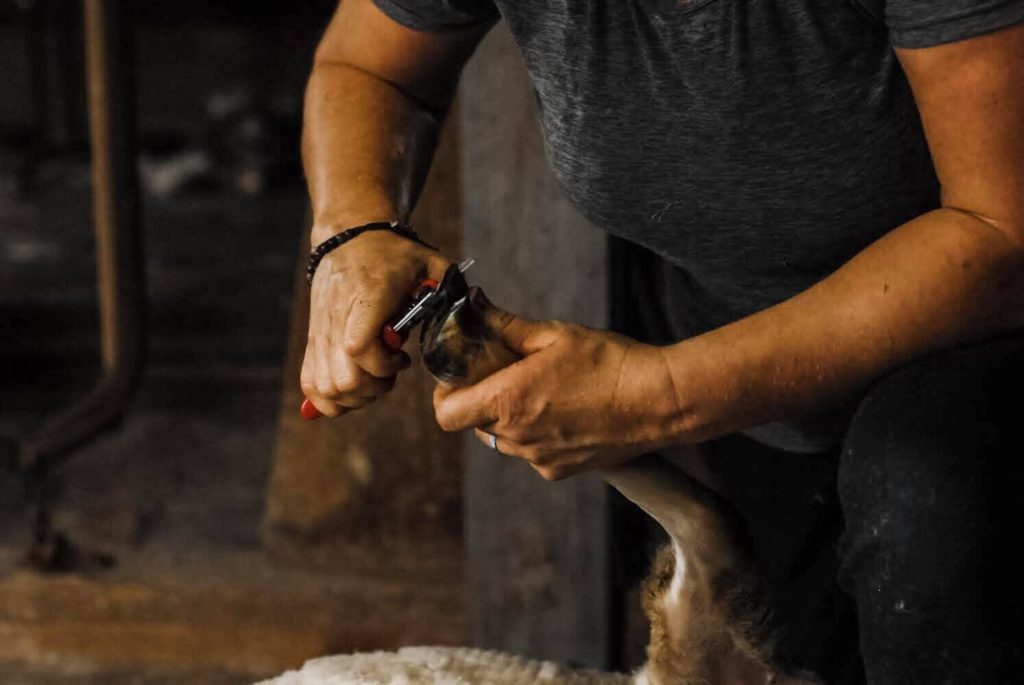
We also trimmed everyones hooves. Much like having your finger nails trimmed, this doesn’t hurt them at all. It’s a necessary practice to ensure the overall health of the animal. Hooves that are overgrown can stress the ligaments of the legs as they walk on their heels to compensate. We trim their hooves regularly (every 6-8 weeks) but since we have everyone contained, we do it again at shearing, too.
At the end of the day, I am grateful that we do our small part in shepherding not just the livestock but our land. And we are forever grateful that our children are learning how to raise their own food, get their hands dirty, and the responsibility that comes with owning animals that look to you for everything. It is truly an honor we hold close to our hearts.
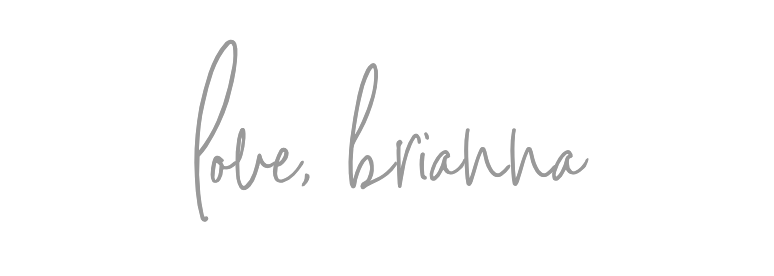
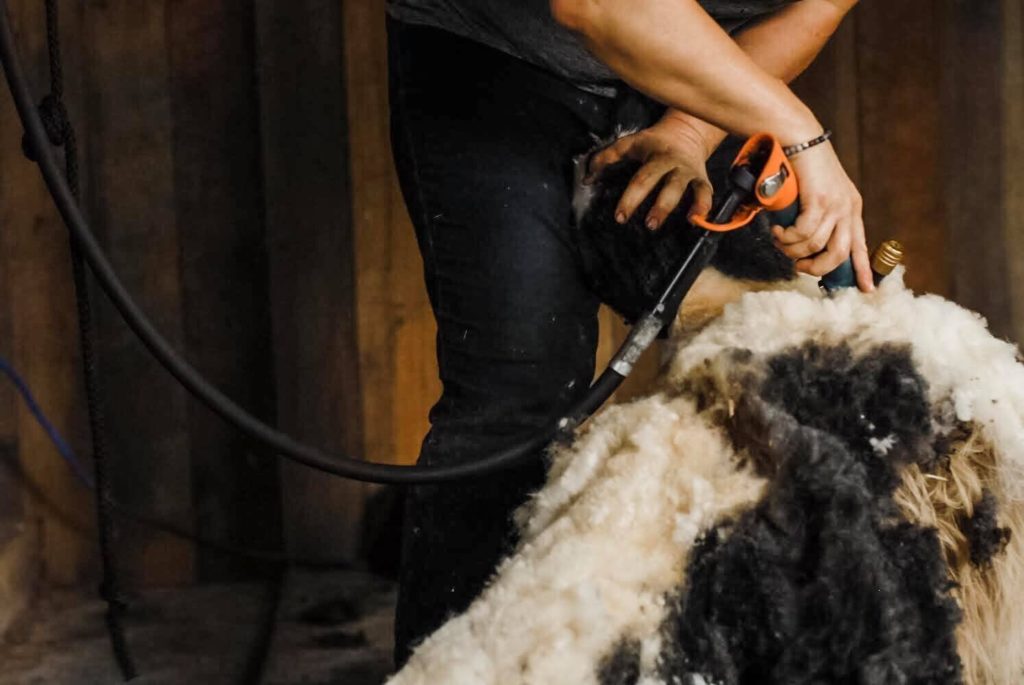
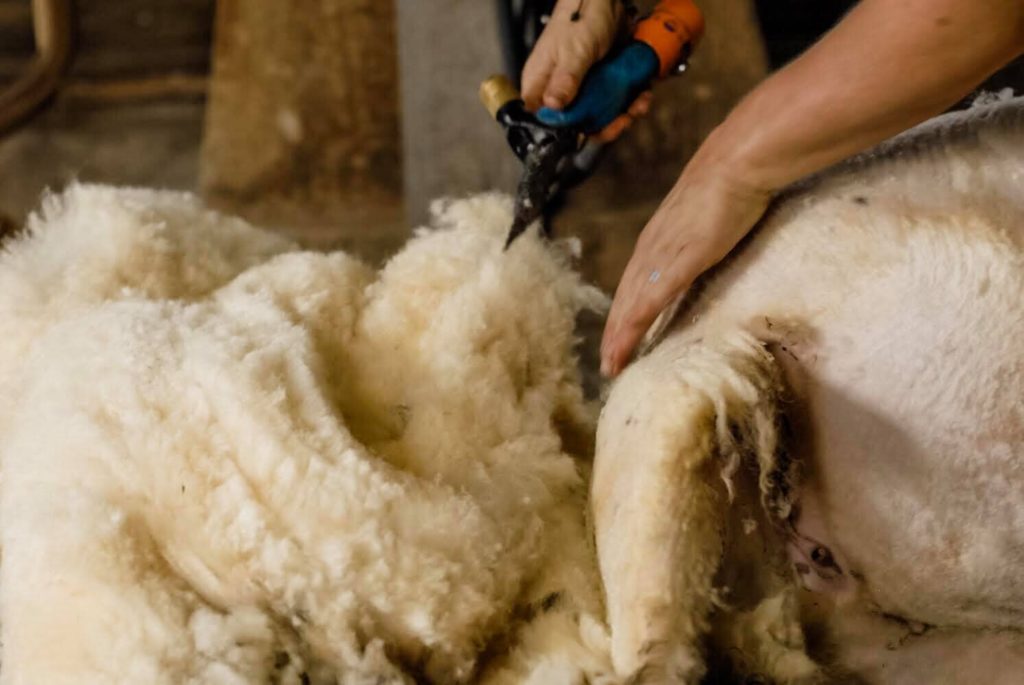
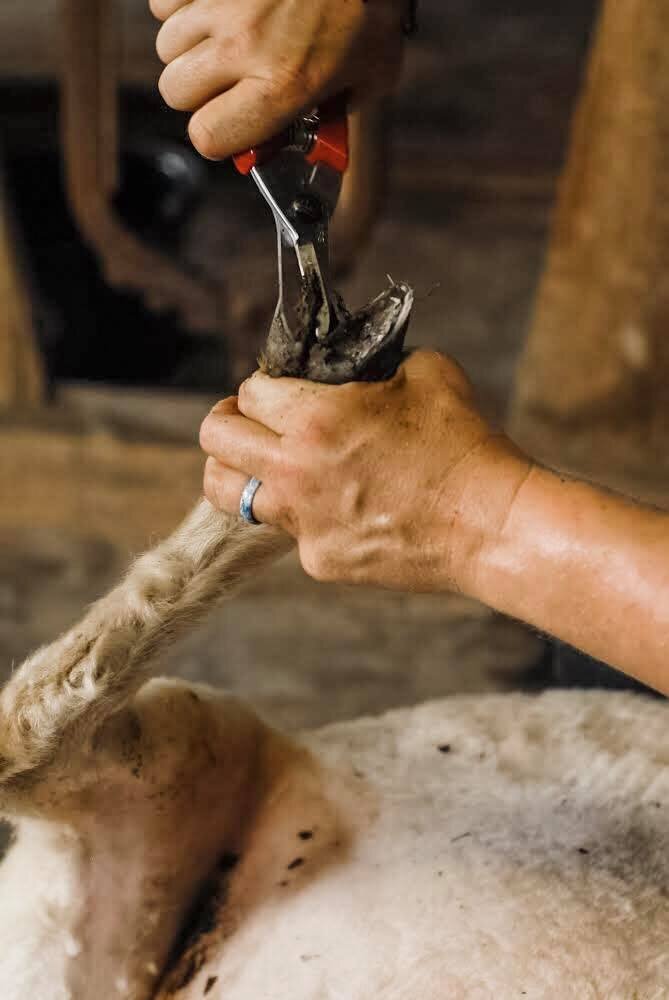
PLEASE COMMENT BELOW